Pattern Play: How to Analyzing and Comparing Mathematical Patterns
Patterns are everywhere in mathematics, from simple number sequences to intricate geometric designs.

Recognizing, understanding, and comparing these patterns is a fundamental skill that aids in problem-solving and prediction. In this guide, we’ll delve into the art of identifying and comparing various mathematical patterns.
Step-by-step Guide to Analyzing and Comparing Mathematical Patterns:
1. Identifying Patterns:
Start by observing the given sequence or set of numbers/figures. Look for regularities or trends. This could be a consistent difference between numbers, a multiplication factor, or a repeating sequence.
2. Describing the Pattern:
Once identified, describe the pattern using words or mathematical notation. For instance, an arithmetic sequence might be described as “each number is 3 greater than the previous number.”
3. Predicting the Next Element:
Using the identified pattern, try to predict the next element(s) in the sequence.
4. Comparing Patterns:
When given multiple patterns:
– Describe each pattern separately.
– Look for similarities and differences in their structure, progression, or other characteristics.
– Determine if one pattern can be transformed into another through some mathematical operation.
5. Using Visual Aids:
For complex patterns, especially those in geometry, use visual aids like graphs, drawings, or charts to better understand and compare them.
Example 1:
Compare the patterns:
Sequence A: 2, 5, 8, 11, …
Sequence B: 3, 6, 9, 12, …
Solution:
Sequence A increases by 3 each time.
Sequence B also increases by 3 each time.
Both are arithmetic sequences with a common difference of 3, but they start with different initial numbers.
The Absolute Best Book for 5th Grade Students
Example 2:
Compare the patterns:
Sequence X: 1, 4, 9, 16, …
Sequence Y: 2, 6, 12, 20, …
Solution:
Sequence X represents the squares of natural numbers.
Sequence Y increases by consecutive even numbers: +2, +4, +6, …
While both sequences increase, they follow different patterns.
Practice Questions:
1. Compare the patterns:
Sequence P: 5, 10, 15, 20, …
Sequence Q: 5, 7, 9, 11, …
2. Compare the patterns:
Sequence M: 3, 6, 12, 24, …
Sequence N: 3, 5, 7, 9, …
A Perfect Book for Grade 5 Math Word Problems!

Answers:
1. Sequence P increases by 5 each time (arithmetic sequence with a common difference of 5).
Sequence Q increases by 2 each time (arithmetic sequence with a common difference of 2).
2. Sequence M doubles each time (geometric sequence with a common ratio of 2). Sequence N increases by 2 each time (arithmetic sequence with a common difference of 2).
The Best Math Books for Elementary Students
Related to This Article
More math articles
- 5 Of the Best Scientific Calculators
- How to Solve Double Angle Identities?
- A Comprehensive Collection of Free HiSET Practice Tests
- 4th Grade Georgia Milestones Assessment System Math FREE Sample Practice Questions
- The Ultimate 6th Grade CMAS Math Course (+FREE Worksheets)
- How to Understand Vectors: Vectors in Two Dimensions
- ASVAB Math: Complete Guide and Study Tips
- Top 10 Tips to Overcome SSAT Math Anxiety
- The Ultimate Accuplacer Math Course (+FREE Worksheets)
- 5 Best Accuplacer Math Study Guides
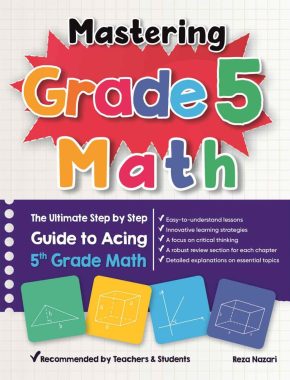

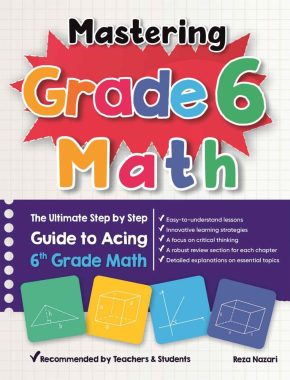
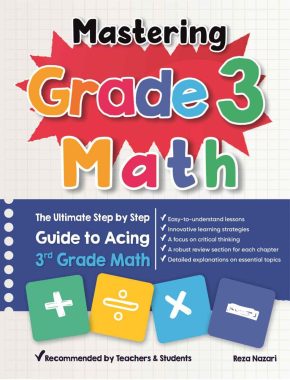
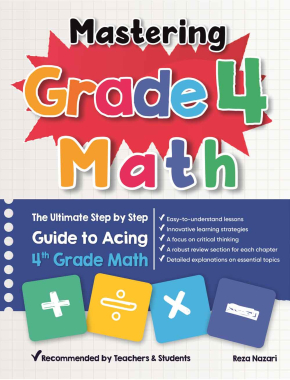


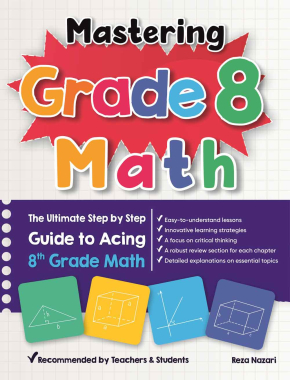













What people say about "Pattern Play: How to Analyzing and Comparing Mathematical Patterns - Effortless Math: We Help Students Learn to LOVE Mathematics"?
No one replied yet.